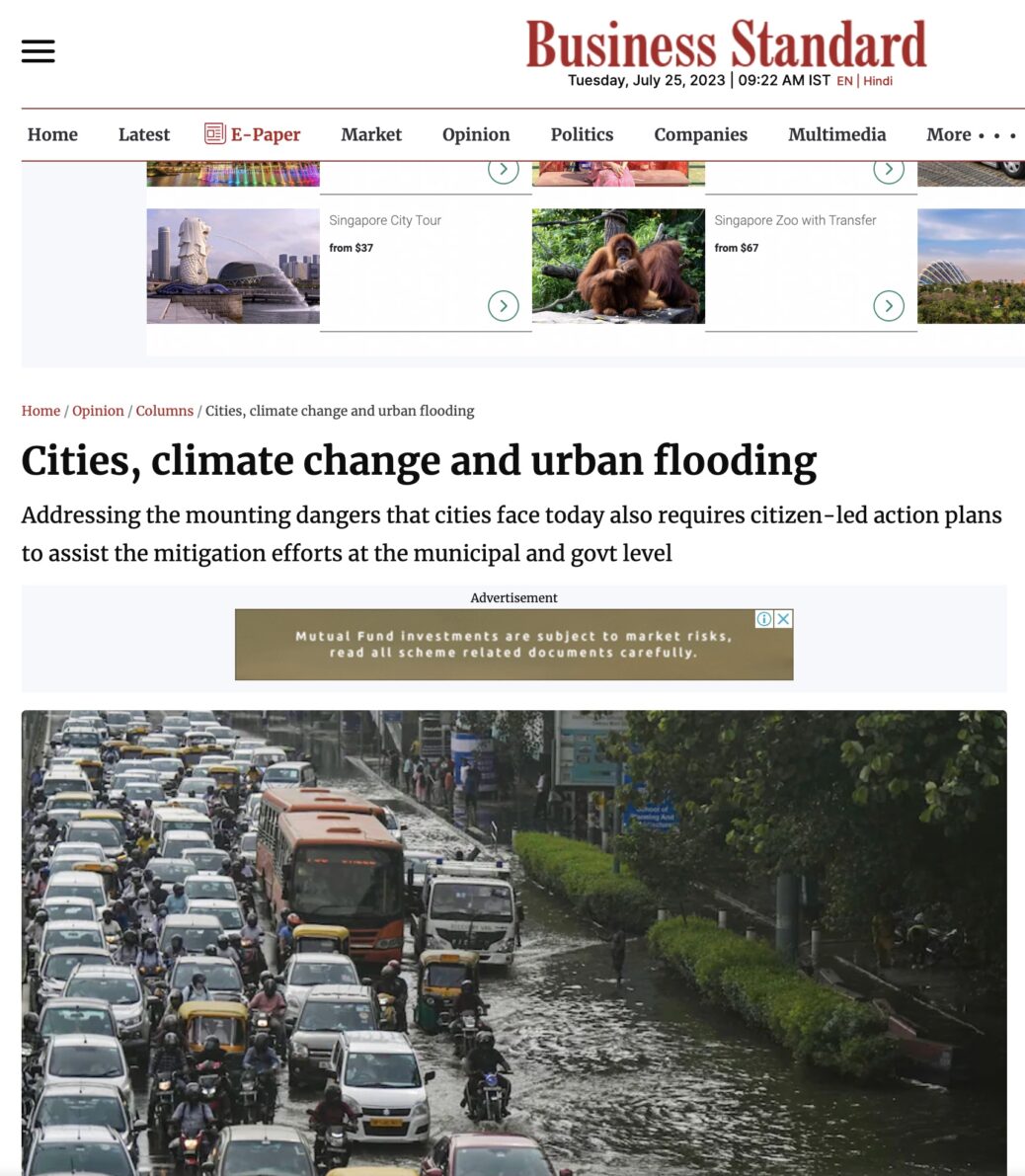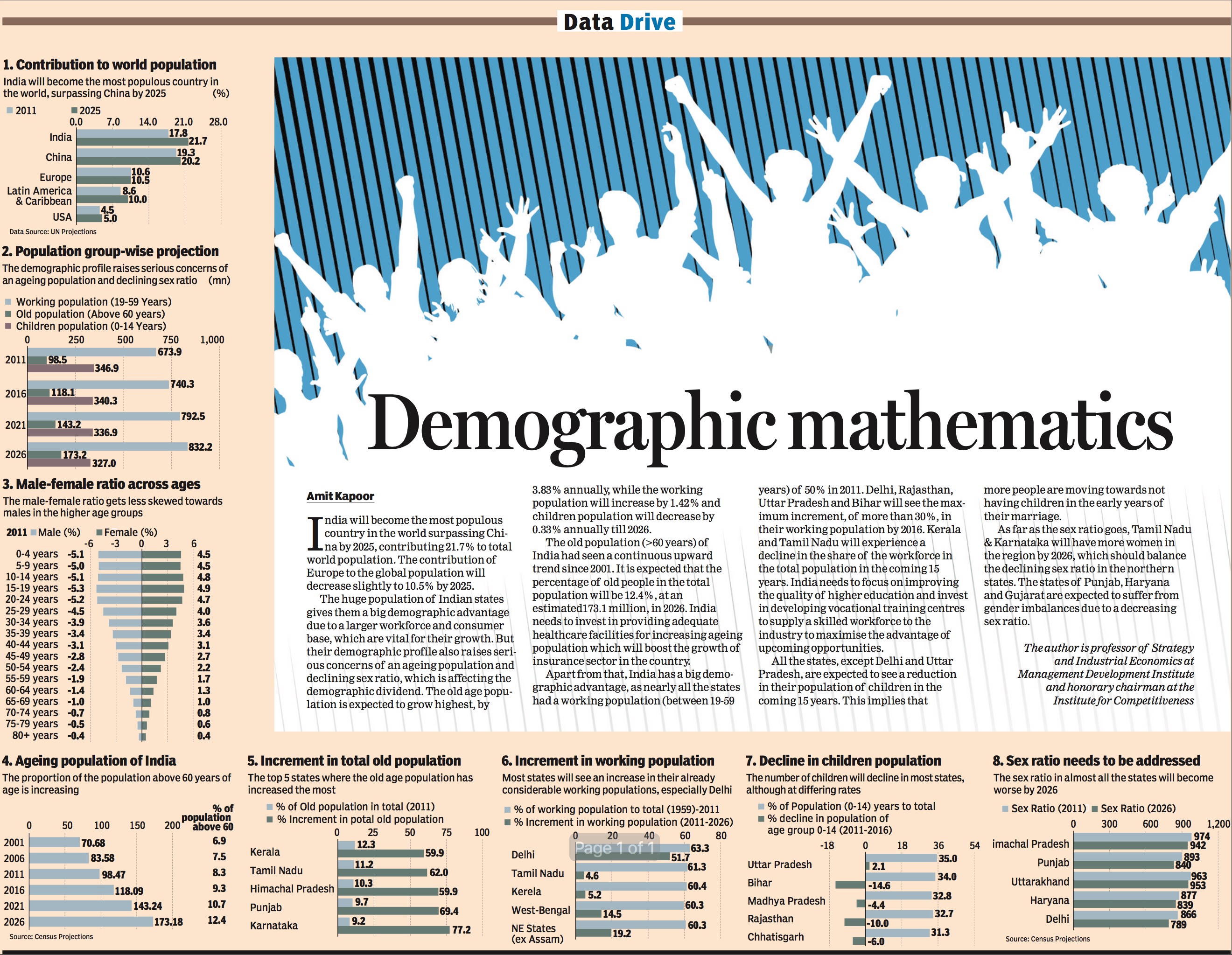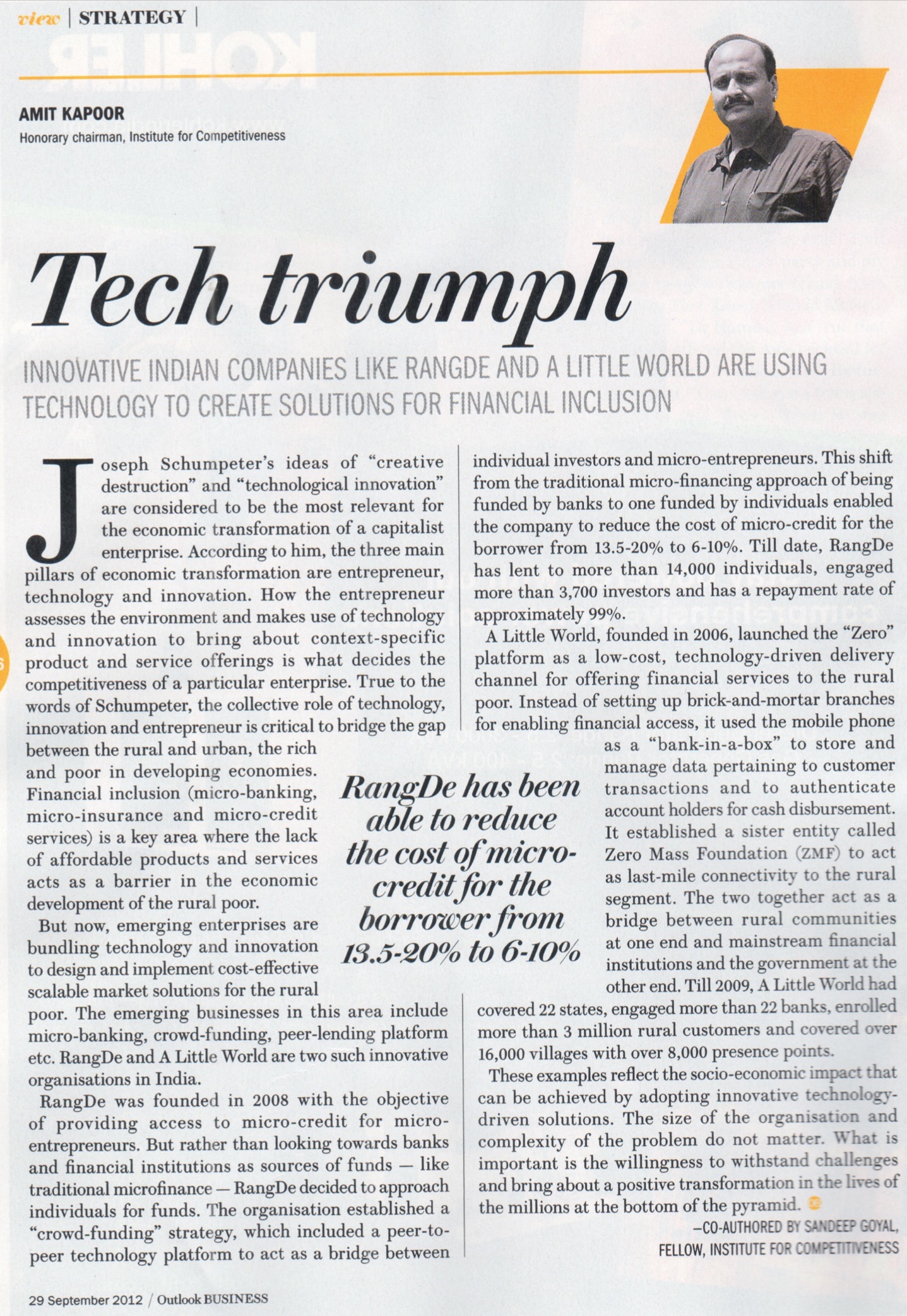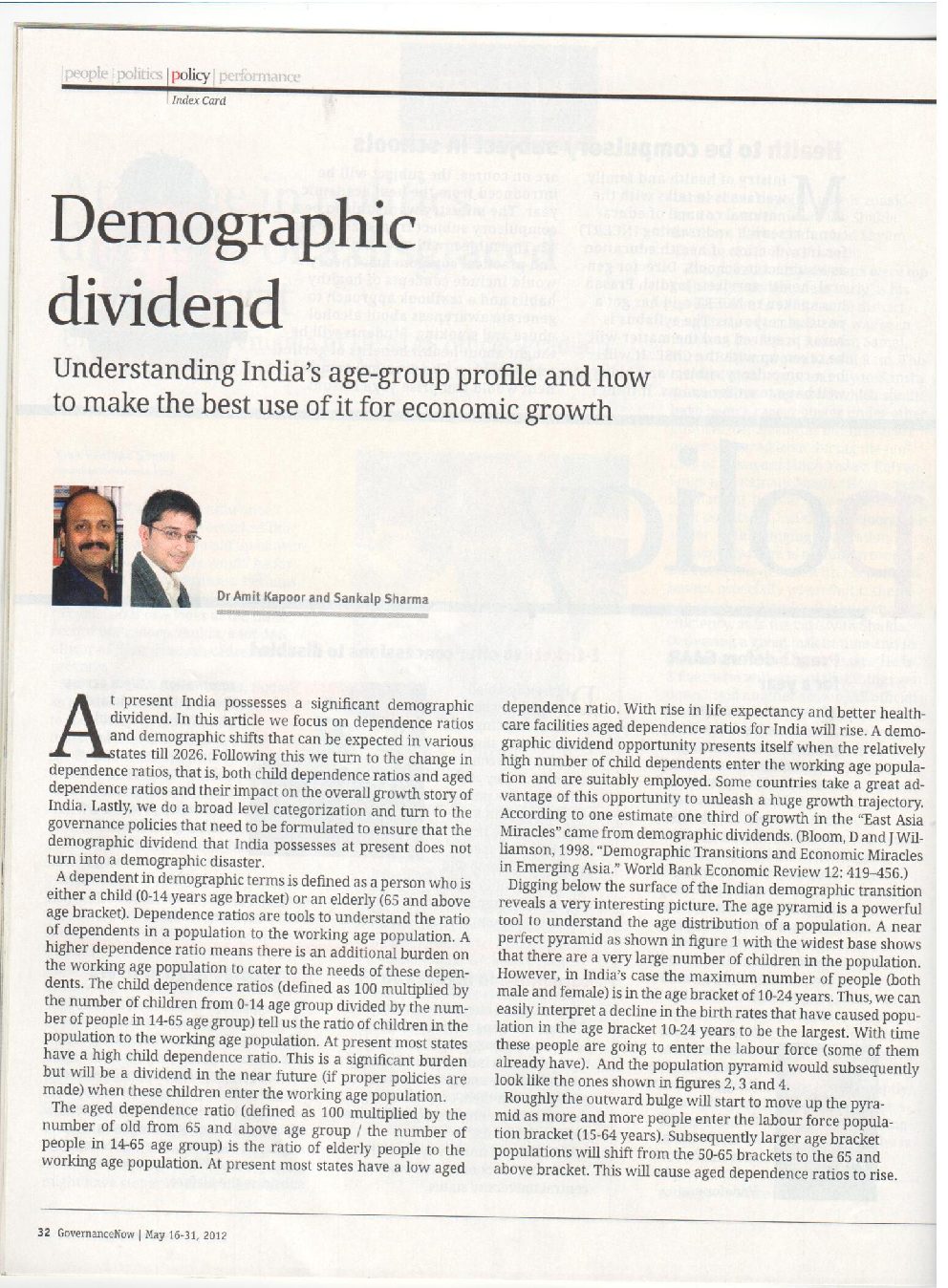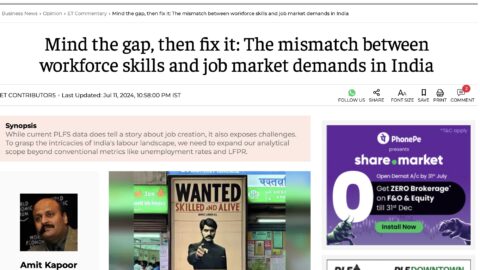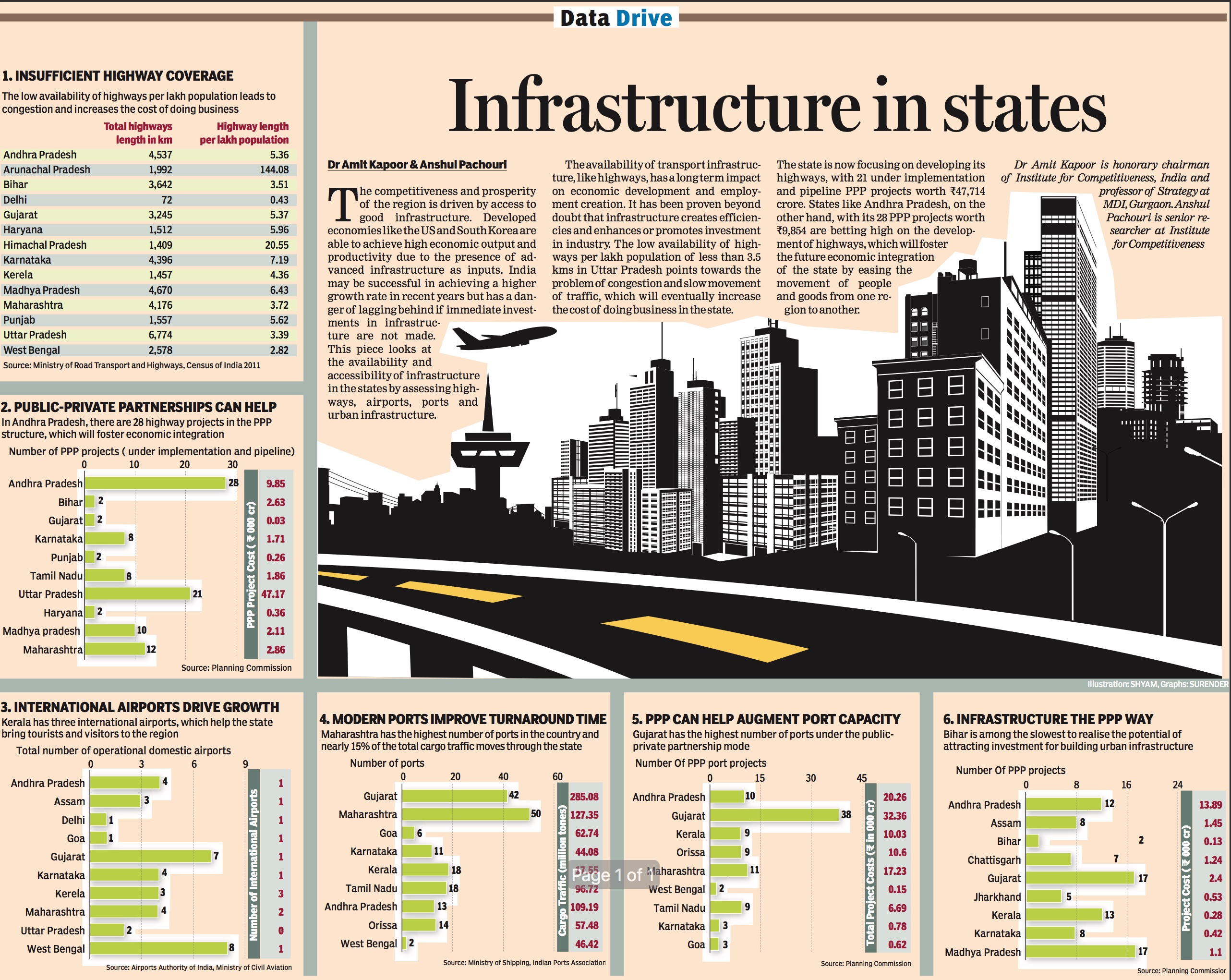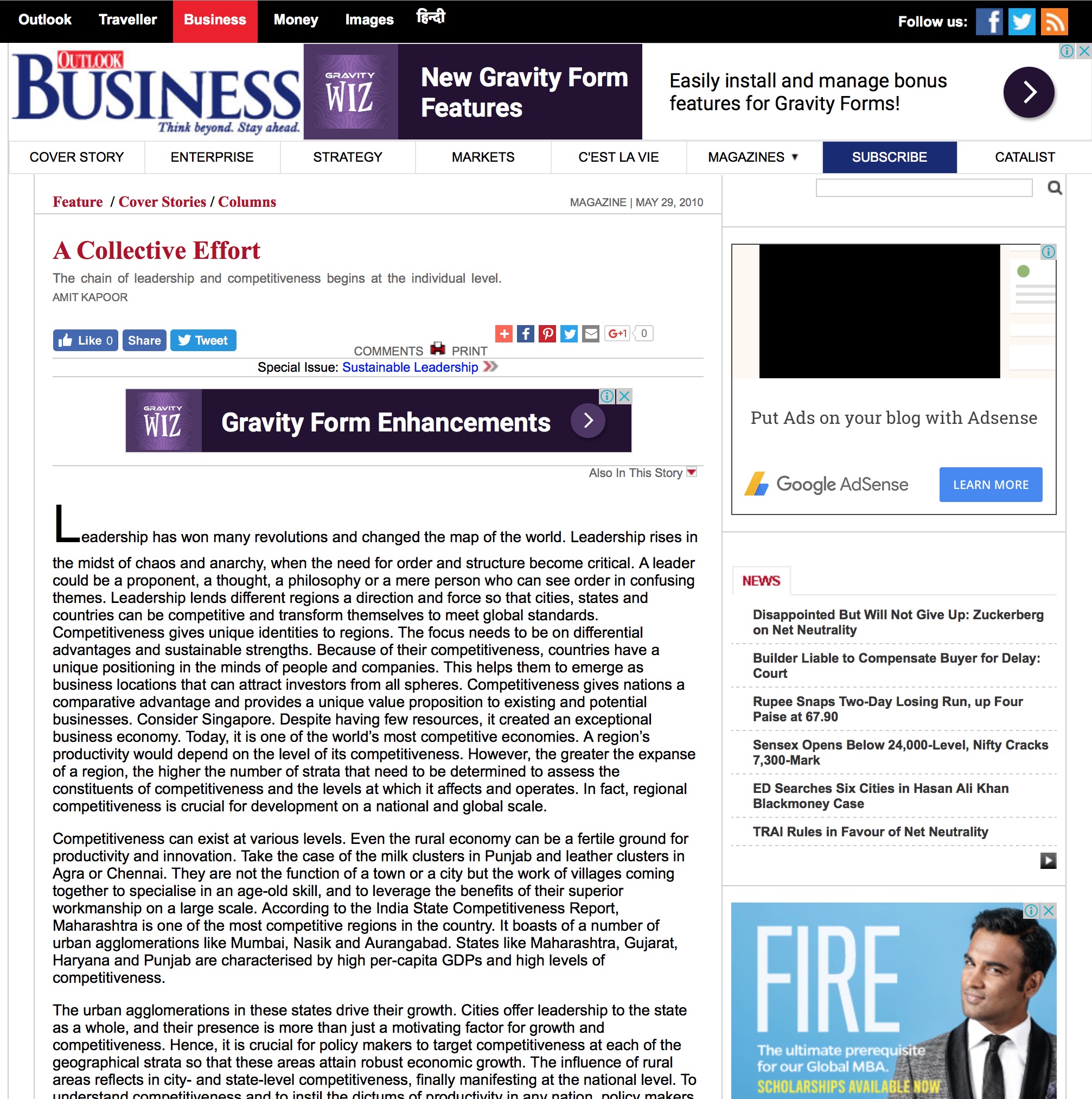By Amit Kapoor and Bibek Debroy
Urbanisation is not only a desired goal but an inevitable outcome. However, this process is not unilateral but intrinsically tied to evolving global contexts – wars, climate change, epidemics, pandemics, etc. As urban areas expand in size and volume, the link with these factors, especially climate change, becomes more complex and intense, putting municipal administration to the test. For instance, heavy rainfall translates into heavy waterlogging, flooding the cities and bringing all administrative and essential services to a virtual halt. Urban India is plagued by frequent occurrences of waterlogging – further leading to an urban flood – in the backdrop of torrential and unanticipated rains, almost always revealing the under-preparedness of city municipalities. The frequency and intensity of natural disasters have also risen due to the effects of climate change on a global scale, exacerbating the unpredictable nature and intensity of rainfall, heat waves, floods, storms, droughts, and cyclones, posing a serious threat to the food, water, and energy security of cities. This is particularly true for Asia, where coastal cities are most prone to such disasters, severely impacting the coastal and marine environment, agriculture and livestock sector, forests, biodiversity, and public health.
Unexpected and sudden climatic events affect both developed and developing countries, but the sensitivity and severity are significantly higher in the latter countries. Numerous cities have experienced natural and man-made disasters in the past, leaving thousands of residents either buried under debris or washed away. Even the financial strains caused by metropolitan catastrophes are unparalleled. Due to the concentration of industrial and commercial activity in metropolitan areas, cities today play an important role in empowering societies. Every time a calamity strikes an urban region, the surrounding area experiences significant and widespread human casualties as well as negative effects. This causes the city budget to be redirected from urban growth and development to early recovery and emergency response. Specifically, transportation and mobility are the most basic functions of an area and yet the most critical when it comes to economic activities. Any disruption to it has the potential to cause a collapse of any socioeconomic machinery. And yet, year by year, our cities remain defeated in the face of weather conditions, costing us time, money, resources and often lives. Additionally, urban drainage systems frequently fail as a result of the huge amounts of contaminated runoff that urban areas produce. In such a scenario, even moderate rainfall events have the potential to overwhelm urban drainage systems and cause flash floods in low-lying areas. Cities, seen as engines of growth, directly disrupt natural systems as collateral damage.
Numerous coastal cities in Asia are susceptible to both urban and coastal flooding, while interior towns are at risk from flash floods, river flooding, or urban flooding. Urban flooding is mostly brought on by human encroachment into active flood channels, inadequate flood management practices, a lack of flood early warning systems, and the discharge of solid waste in drainage systems in developing nations. Populations in Asian cities gradually increase, and to meet their demands, the newcomers require housing. Existing infrastructure and resources are in increasing demand as urban populations rise. In order to meet the demand for housing, higher buildings are built at the same time that land values rise. Finally, unplanned urban growth over precious natural resources is the most noticeable feature of cities in developing countries. In each of these situations, the poor are forced to construct housing on unlawful, hazardous land in risky areas. It happens frequently in practically every megacity, when residents repeatedly encroach on flood-prone areas, narrowing the canal and lowering its carrying capacity. These are some of the main causes of the severe flood damage that occurs in metropolitan areas.
Remedying this situation depends on a multi-pronged approach targeted at making municipal machinery more efficient and flush with adequate funds while also driving action towards addressing climate change. For instance, urban planning and architecture that is energy efficient can help reduce greenhouse gas emissions and, as a result, diminish the threat of global climate change, eventually resulting in reducing the effects of severe storms and flooding, along with setting up suitable warning systems and accompanying preparedness plans. It is a fact that rapid urbanisation has led to increased vulnerability among people. While numerous cities have taken action to increase resilience and address the mounting dangers associated with climate change through multilateral solidarity like the 100 Resilient Cities and the Global Covenant of Mayors, it is equally important to have some citizen-led action plans that could also assist the municipal order of a city. Success can only be attained by a coordinated strategy and effort at the global, regional, national, and local levels. Therefore, making cities a vital component of combating climate change is imperative. Using clean production methods, renewable energy sources, and laws or incentives to reduce industrial emissions, several communities are already making significant progress. Reducing emissions can also lessen local industrial and transportation pollution, improving the air quality in cities and the health of those who live there.
The article was published with Business Standard on July 19, 2023.

